Camera traps have been a key part of the conservation toolkit for decades. Remotely triggered video or still cameras allow researchers and managers to monitor cryptic species, survey populations, and support enforcement responses by documenting illegal activities. Increasingly, machine learning is being implemented to automate the processing of data generated by camera traps.
A recent study published showed that, despite being well-established and widely used tools in conservation, progress in the development of camera traps has plateaued since the emergence of the modern model in the mid-2000s, leaving users struggling with many of the same issues they faced a decade ago. That manufacturer ratings have not improved over time, despite technological advancements, demonstrates the need for a new generation of innovative conservation camera traps. Join this group and explore existing efforts, established needs, and what next-generation camera traps might look like - including the integration of AI for data processing through initiatives like Wildlife Insights and Wild Me.
Group Highlights:
Our past Tech Tutors seasons featured multiple episodes for experienced and new camera trappers. How Do I Repair My Camera Traps? featured WILDLABS members Laure Joanny, Alistair Stewart, and Rob Appleby and featured many troubleshooting and DIY resources for common issues.
For camera trap users looking to incorporate machine learning into the data analysis process, Sara Beery's How do I get started using machine learning for my camera traps? is an incredible resource discussing the user-friendly tool MegaDetector.
And for those who are new to camera trapping, Marcella Kelly's How do I choose the right camera trap(s) based on interests, goals, and species? will help you make important decisions based on factors like species, environment, power, durability, and more.
Finally, for an in-depth conversation on camera trap hardware and software, check out the Camera Traps Virtual Meetup featuring Sara Beery, Roland Kays, and Sam Seccombe.
And while you're here, be sure to stop by the camera trap community's collaborative troubleshooting data bank, where we're compiling common problems with the goal of creating a consistent place to exchange tips and tricks!
Header photo: Stephanie O'Donnell
- @Gathoni
- | Her/she
PhD Candidate at Nottingham Trent University, UK. Ecologist with a passion for wildlife conservation and conservation technology with foundational training in BSc and MSc Rangeland Management (Ecology option). Current project: Use of acoustics to monitor ecosystem restoration.

- 5 Resources
- 8 Discussions
- 8 Groups
- @parlaynu
- | he/him
software engineer
- 0 Resources
- 0 Discussions
- 13 Groups
- @moorerp
- | he/him
Oregon State University
Avian/Conservation ecologist at Oregon State University and Wildlife Corridors (in Patagonia, Arizona, USA)

- 0 Resources
- 3 Discussions
- 3 Groups
World Wide Fund for Nature/ World Wildlife Fund (WWF)
- 0 Resources
- 0 Discussions
- 1 Groups
- @AlexBats
- | she/her
- 0 Resources
- 0 Discussions
- 6 Groups
Wildlife Protection Solutions (WPS)
Director of Technology at Wildlife Protection Solutions. Primarily focuses on leveraging machine learning and advanced data analytics to combat poaching, monitor biodiversity, and predict environmental threats.
- 0 Resources
- 1 Discussions
- 5 Groups
Arribada Initiative
Director at Arribada, a UK-based conservation technology research & development organisation



- 2 Resources
- 98 Discussions
- 12 Groups
- 0 Resources
- 0 Discussions
- 4 Groups
- @Arjun_Viswa
- | S
- 0 Resources
- 0 Discussions
- 27 Groups
Botswana Predator Conservation Trust



- 0 Resources
- 85 Discussions
- 10 Groups
Ecological and Spatial Data Scientist
- 1 Resources
- 0 Discussions
- 2 Groups
- @Tysmucker
- | He/Him
Wildlife Biologist/Conflict Specialist and drone enthusiast in Montana
- 0 Resources
- 0 Discussions
- 5 Groups
From Max Farrell on Twitter: "New paper comparing eDNA and camera traps for tracking waterhole visitation. We took pictures, analyzed DNA in drinking water, built a reference library for vertebrates in the Kruger, and...
19 September 2022
The European Biodiversity Partnership Biodiversa+, co-funded by the European Union, has launched a call for research proposals on “Improved transnational monitoring of biodiversity and ecosystem change for science and...
14 September 2022
At the Inria Sophia Antipolis - Méditerranée center. The project will pursue two different methodological goals: (1) explore the use of natural language bottlenecks describing visible traits or other visual...
1 September 2022
Boost cons tech capacity at an international NGO! Fauna & Flora International is offering a paid three-month internship to consolidate and share best practices for the application of emerging hardware and software...
26 August 2022
The Department of Wildlife, Fish, and Environmental Studies (WFE), SLU, Umeå, is looking for a postdoc with strong interests in wildlife conservation technology.
26 August 2022
Careers
Job opening at ARISE, an innovative program in the Netherlands to build a digital infrastructure for biodiversity data and services
19 August 2022
Are you creative, love new challenges and have experience developing software? The Wildlife Insights team is hiring! Join a diverse team of ecologists, data scientists, engineers and machine learning experts to protect...
10 August 2022
Hi folks! I built out a human-in-the-loop annotation platform for Felidae Conservation Fund, a SF-Bay Area nonprofit last Fall using MegaDetector. I'm looking for feedback from this amazing community around areas of...
10 August 2022
Press Release for International Tiger Day – July 29th, 2022: For the first time ever, wild tigers and their prey have been detected by AI-powered, cryptic cameras that transmit the images to the cell phones and...
5 August 2022
Careers
WCS Canada is seeking a Data Technician with a keen eye for detail to support its Wolverine Conservation Program. The Data Technician will be responsible for classifying wildlife photos taken with motion-sensor cameras...
29 July 2022
Two postdoc positions are now accepting applications for an NSF-funded project integrating data from museums, iNaturalist, and camera trapping data from the Snapshot USA annual survey.
11 July 2022
Careers
The Survey Coordinator is a 3 year role that will assist Program Managers in recruiting. training and retaining participants in a nation-wide camera trapping program
9 June 2022
June 2025
July 2025
April 2023
58 Products
Recently updated products
4 Products
Recently updated products
| Description | Activity | Replies | Groups | Updated |
|---|---|---|---|---|
| Hej Vasilios, thank you so much for this list with notes! Much appreciated. Thank you also for sharing your experiences with the Mitsubishi corporation, your non-profit and other... |
|
Camera Traps, Funding and Finance | 8 months 1 week ago | |
| Hi Rob,Thank you so much for these suggestions, I'll do a little more research around these and get back to you if I have any other questions! :)Best,Chelsea |
|
Camera Traps | 8 months 3 weeks ago | |
| Hi Patrick,FYI - I've modified a couple hundred GardePros at this point with a new lens for wider angles and closer focus. Their cameras are pretty simple so easy to take apart... |
+11
|
Camera Traps | 8 months 4 weeks ago | |
| Very interesting please update us once experiment is successful |
|
Camera Traps, Conservation Tech Training and Education | 9 months 2 weeks ago | |
| Really interesting, I will take a look |
|
AI for Conservation, Camera Traps, Data management and processing tools, Emerging Tech | 9 months 2 weeks ago | |
| great project !! |
|
Camera Traps | 9 months 3 weeks ago | |
| great idea!! |
+28
|
Camera Traps | 9 months 3 weeks ago | |
| Keep digging girll!! |
|
Camera Traps | 9 months 3 weeks ago | |
| @cmwainaina please take a look |
|
Animal Movement, AI for Conservation, Camera Traps, Connectivity, Data management and processing tools, East Africa Community, Emerging Tech, Ethics of Conservation Tech, Human-Wildlife Conflict, Marine Conservation, Protected Area Management Tools, Geospatial, Sensors, Software Development | 10 months ago | |
| I'm being quite daring by making statements on a forum that is frequented by Dan Morris (obviously in deference to his extensive knowledge on the subject :-) ), but here goes.... |
|
Camera Traps | 10 months 1 week ago | |
| We evaluated background subtraction as part of our pipeline for Zamba Cloud a few years ago. It's going to depend a lot on your backgrounds, but we found that for jungle/forest... |
|
Camera Traps | 10 months 1 week ago | |
| I was going to suggest the Garde Pro too. The model available in Australia is good. I have found that the download from the SD card to the linked phone can take a while, so be... |
|
Camera Traps | 10 months 1 week ago |
Conservation Leadership Programme 2017 Award
21 November 2016 12:00am
Standardization Discussion: Nomenclature
5 October 2016 4:48am
12 November 2016 2:39pm
Hi folks,
for Site - in our camera trap data base we use the mountain or National/Nature park
Survey - is connected to the time scale - i.e. This mountain2015 or 2016
Station is the actual place of the cameras (1 or 2) with GPS coordinates
Diana
Article and Discussion: Scale of camera trap studies
25 August 2016 11:50am
5 October 2016 3:37pm
@heidi.h Definitely a valid question. It looks like they have it connected to a zooniverse project, which means they are using citizen science to not only set up and maintain the cameras, but to process the data. Pretty neat.
What we do
Our main task is to get our trail camera volunteers up and running with equipment and training. Volunteers can now apply to host a camera in Wisconsin survey blocks where they have access to land (visit dnr.wi.gov, keyword "Snapshot Wisconsin" for more information). Trail camera volunteers are in charge of setting up a camera and retrieving its SD card (containing saved photos) at least four times per year. Volunteers then send the photos to WDNR to be posted on Zooniverse. By the end of 2017, we expect to have enough cameras for > 2000 volunteers to participate in the project -- these cameras will produce millions of photos each year!
While we get our trail camera volunteers set up, we have plenty of other photos to show the Zooniverse community. WDNR staff have placed over 300 trail cameras in two areas of the state now home to a species of elk (Cervus elaphus) formerly abundant throughout North America. Elk were extirpated from Wisconsin in the 1800s due to overhunting and habitat loss. Reintroduction efforts began in 1995 and continue today, and we're curious to know how the elk are doing! Classifying the photos from the elk reintroduction areas will give us great information about population size and distribution, and examine how elk presence overlaps with that of wolves--natural predators of elk.
5 October 2016 3:42pm
But in answer to your question, @P.Glover.Kapfer , I haven't heard of any near this large. TEAM Network would be the closest - 17 sites, 14 countries and approximately 1000 camera traps deployed over 2000km 2 that are monitored annually. @efegraus - does TEAM Network have ambitions to be expand to this sort of scale?
@ollie.wearn perhaps you might know of some other big scale camera trapping projects?
8 November 2016 1:15pm
Bringing over some of the comments we're getting on Twitter:
@WILDLABSNET Our @UAlberta lab deploys ARUs at 1000s of sites in Alberta each year in collaboration with @ABbiodiversity #bioacoustics
— Elly Knight (@ellycknight) November 7, 2016
@WILDLABSNET yeah, @TEAMNetworkOrg does that...pretty sure thousands of cameras across 15 or sites
— Asia Murphy (@am_anatiala) November 4, 2016
Neotropical Migratory Bird Conservation Act grants via USFWS
8 November 2016 12:00am
How many cameras in a camera trap?
4 July 2016 4:32am
11 July 2016 2:55pm
Hi
In some cases you need to recognize individuals, such as in capture-recapture analysis for abundance/density estimations, or you might want an index of individuals that are detected (instead of number of detection).
If you need to recognize individuals is better if you have both flanks of the animal photographed, and even better if the animal has natural marks (such as rosettes or stripes like jaguars or tigers), but you can also use scars and general body complexion to help.
You can still make a capture-recapture study with one camera trap, but you have to choose only pictures of one side of the animal to use, and discard all the other pictures of the other side (since you won't know if are the same animal), doing that you decrease the detection probability, because now it would be the product of the likelihood of the animal walking trough the camera and the likelihood of going in the direction that you need.
Using one camera per site is a good setup for a site occupancy study, and you can even estimate abundance with the Royle-Nichols method, if your data fits it.
I hope this helps
Bests
Juan
12 July 2016 7:42pm
We have just started testing an array of three cameras recording video at an African wild dog marking site. The idea is to give seamless coverage of an area larger than can be monitored by one camera, with maximum chance of detecting animals approaching from any direction. As a bonus it produces pictures of both sides. The cameras have only been out for a week, so it is too early to assess how well the arrangement works.
1 November 2016 1:38pm
We have a set of three Bushnells covering an African wild dog scent-marking site. They are at the apices of a triangle, with each camera just at the edge of the field of view of one of the others. This gives us a higher probability of detecting animals at the site, a better view of the action on at least one of the cameras, and no dead spots below each camera.
I was hoping to use two Reconyx Ultrafire XR6s on game trails at each of ten scent stations, but the cameras cannot detect animals walking towards or away from them.
Peter
Internet Cats Just Got Bigger
26 October 2016 12:00am
Perspectives from the World Ranger Congress
10 August 2016 12:00am
Resource: Wildlife Speed Cameras: Measuring animal travel speed and day range using camera traps
28 April 2016 2:39pm
13 June 2016 4:59pm
Here's a set of tools that could be applicable to this idea
https://github.com/pfr/VideoSpeedTracker
7 August 2016 11:15pm
Hi Steph - just to follow up on your post: @MarcusRowcliffe , James Durrant and I have been working on a bit of software to implement the "computer vision" techniques that are mentioned in that paragraph. You can see a demonstration of it in action here. It requires camera-trappers to "calibrate" their camera traps during setup (or take-down), by taking pictures of a standard object (for example, we use a 1m pole held vertically) at different distances. The calibration takes ~10 mins per location. From this, you can reconstruct the paths that animals take infront of cameras, the total distance they travelled, and therefore their speed.
[ARCHIVED EVENT]: Approaches to Analysing Camera Trap Data
18 April 2016 3:45pm
5 August 2016 9:54pm
Hi Steph,
Only just discovered this site, so I'm a bit late to the game.
I'd love to hear what your main take-aways were from this meeting!
Best,
Louise
5 August 2016 10:35pm
Hi Louise,
Welcome! Unfortunately, an uncomfortably busy calendar meant I ended up missing this gathering. However, I'm sure that @SteffenOppel @Tomswinfield or @ali+johnston (I think you were all involved?) might be kind enough to jump in here and share some of their key take aways from this discussion?
Steph
How can technology help us monitor those small cold-blooded critters that live in caves?
25 July 2016 12:00am
Discussion: 360° Camera for Arboreal Camera Trapping
19 July 2016 2:38pm
Camera traps reveal mysteries of nature
18 July 2016 12:00am
Discussion: Self-powered camera trap
24 November 2015 7:36pm
1 December 2015 6:27pm
I was initially thinking of dozens or maybe even hundreds of nodes coming back to a central wired connection point. I wonder if something like Google's project Loon could work in place of an on-the-ground network.
But stepping back from the tech for a moment, really the problem we're trying to solve here is being able to have remote monitoring cameras that don't need anyone to go out to change batteries or memory cards. After salaries, vehicles/transportation is the top expense at pretty much all of the conservation partners we have. Anything we can do to reduce the travel (and the time of the people as well) is huge.
1 December 2015 6:37pm
So, in terms of power, does the "classic" solution with a set of solar panel cells on top of the box have some major flaws? I'm pretty sure I've seen self-powered meteo stations looking like this positioned along motorways/higways (don't remember what country or even a continent was it :-) Not being an expert in photo-voltaics, I would risk saying that a purposely-designed cell pointing up, directly at the sun, will have better efficiency than a re-purposed CMOS censor :-)
And indeed, talking to something overhead (either the baloons or Facebook's drones - forgot the name - or maybe even satellites?) would be probably much simpler than ground-based communication. If we had big enough energy budget, the communication channel would be "relatively easy" to implement...
4 July 2016 11:51am
Some camera trap manufacturers offer solar power as an add-on or option off the shelf. I agree that using the image seems like a solution looking for a problem.
The Highs and Lows of Camera Traps for Rapid Inventories in the Rainforest Canopy
4 July 2016 12:00am
Wildlife Crime Tech Challenge Accelerator Bootcamp
24 June 2016 12:00am
Project Feedback Wanted: Building Low Cost Cameras
2 March 2016 9:59am
11 May 2016 6:27pm
thanks for this very interesting post! i was also trying to develop an inexpensive camera trap but with not good results. i think the use of a PIR sensor can give more battery life than motion detection via software. Can you give more details about the components you used please?
Thanks
Paolo
20 May 2016 11:07pm
Hi Sorry been away, I'll list more about parts etc.. In the mean time the Pi Zero has just had an upgrade..
http://petapixel.com/2016/05/19/5-raspberry-pi-zero-now-camera-compatible/

TEAM Network and Wildlife Insights
28 April 2016 12:00am
Is Google’s Cloud Vision useful for identifying animals from camera-trap photos?
20 April 2016 12:00am
Disruptive Technology: Embracing the Transformative Impacts of Software on Society
10 March 2016 12:00am
[ARCHIVED]: Smithsonian Course: Camera Trapping Study Design and Data Analysis for Occupancy and Density Estimation
3 February 2016 2:25pm
Wildlife Crime Tech Challenge: Winners Announced!
22 January 2016 12:00am
The Social Lives of Conservation Technologies and Why They Matter
2 November 2015 12:00am




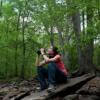




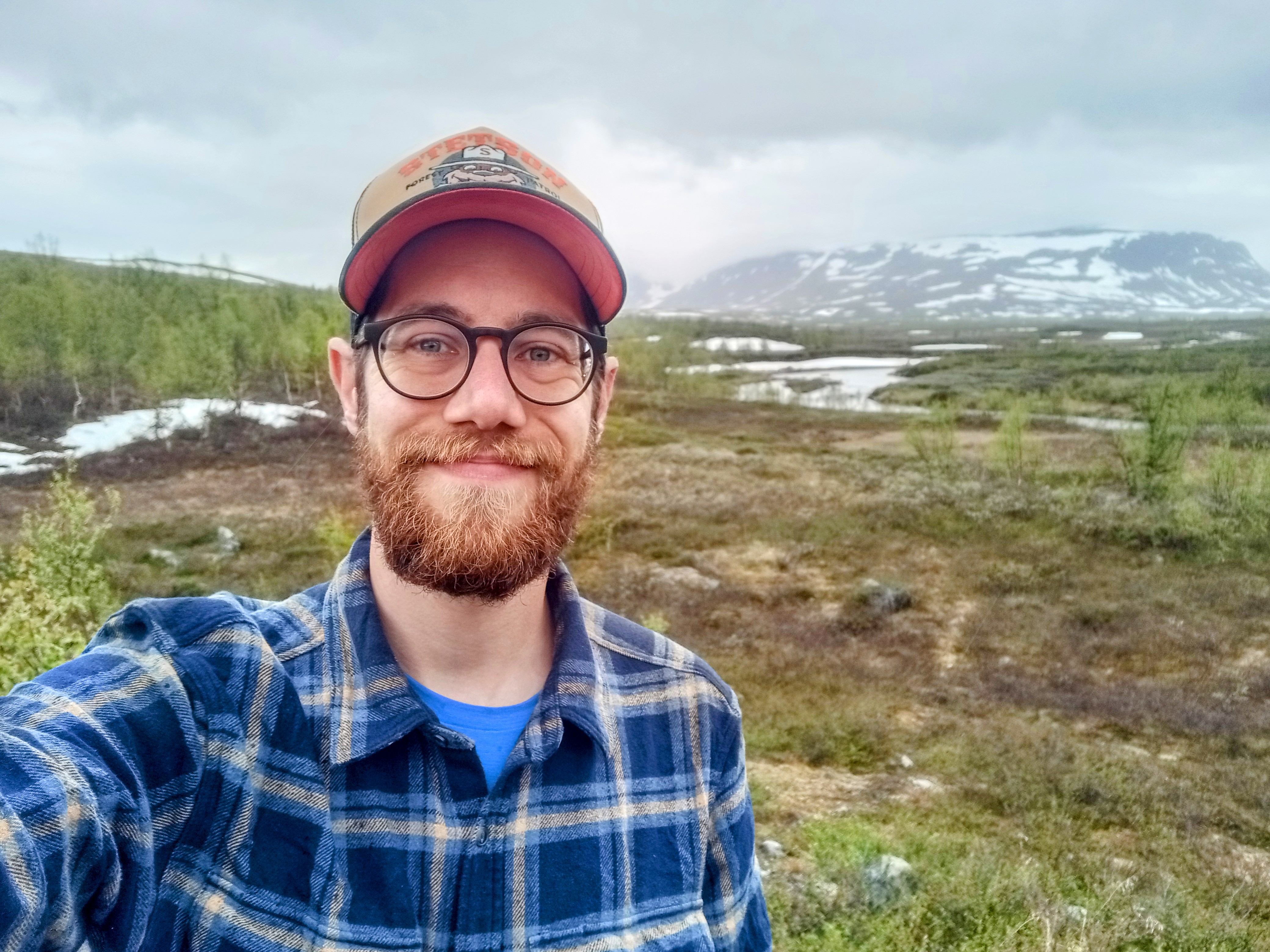




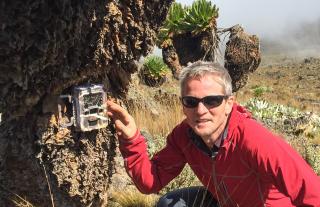
























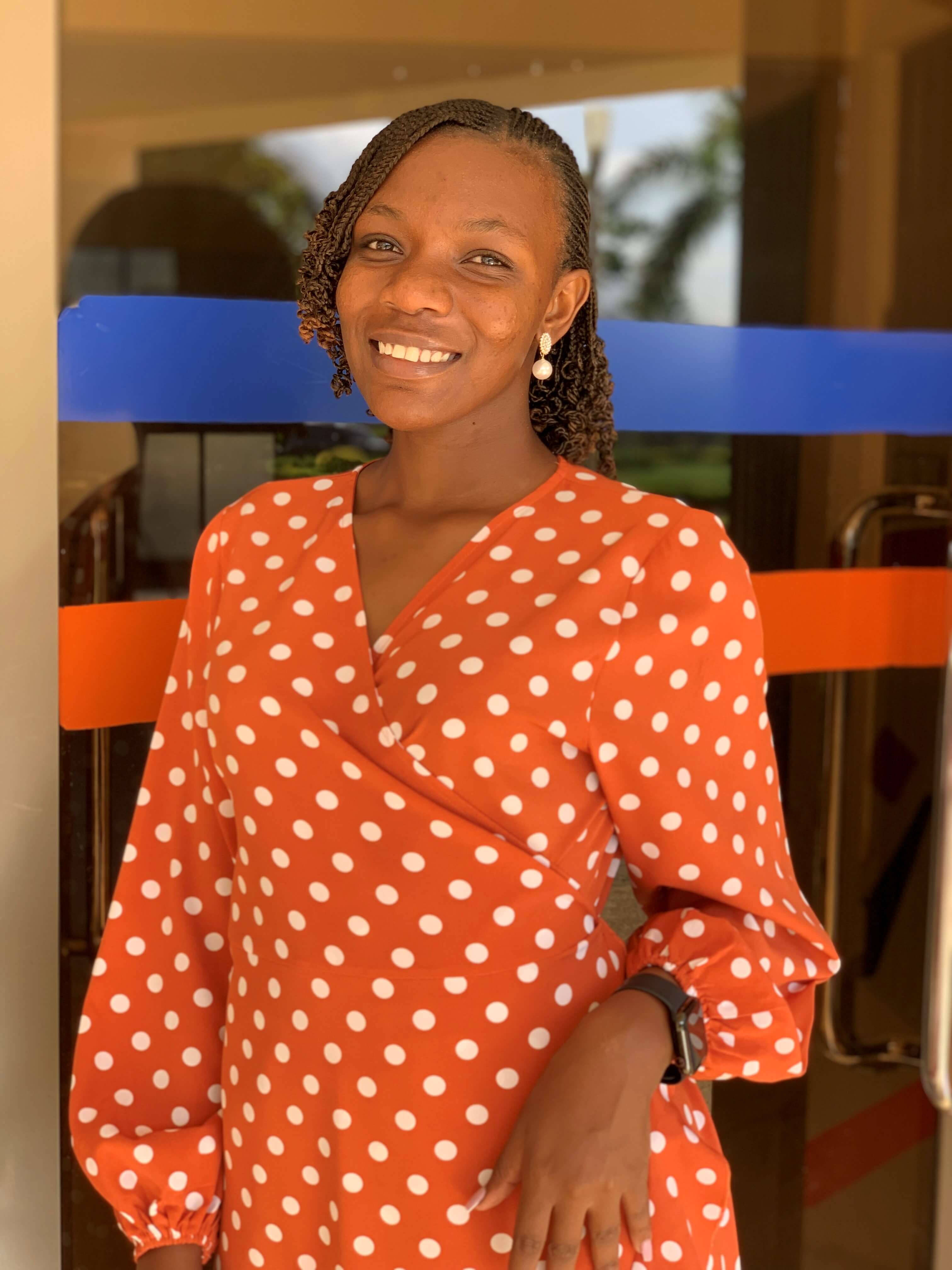

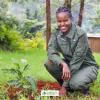











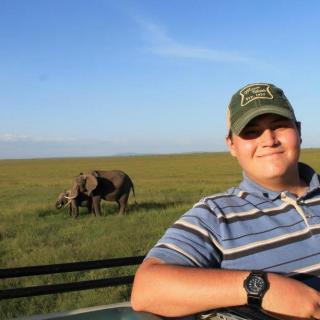







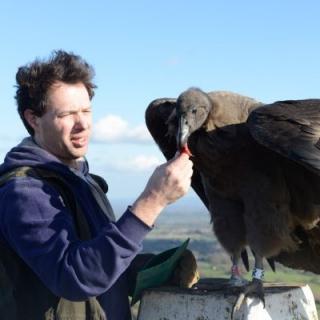
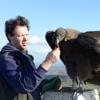


31 October 2016 2:18pm
Camera trapping is the new kid on the block, and it is still talking like a 5-year old ! It will take some time, and some journal editors insisting on uniform and properly used terms before everyone can be sure what everyone else is talking about.
For what it's worth, here is what I understand when I read the terms you list;
Survey - the process of designing the study, putting out and servicing the camera traps, collating and analysing data and writing it up. So much much more than just the time that the camera traps were in the field.
Site - a spot on the ground. Usually these days specified as a GPS location. What you describe as a site I would call a study area.
Station - I do not recall having read this in connection with camera traps, and I would not use it. I admit that this is not consistent; I have read and I would use "bait station" or "feeding station" interchangebly with "baiting site" or "feeding site". It is of course possible to station a camera trap at a baiting site, or site a camera trap at a feeding station !!
Camera - is certainly a physical device that takes photos, but you cannot record animals with just a camera, you need someting to trigger it. A self-triggering camera is a camera trap (or trail camera, game camera etc).
A station session (see above about station) would be OK is site was substituted for station.
Peter